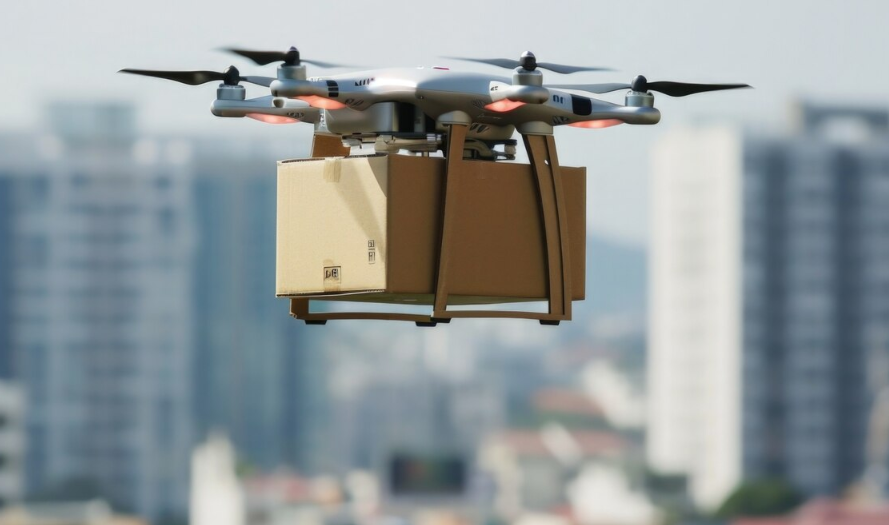As concerns over climate change grow, reducing carbon footprints has become a global priority. Technology, often seen as a contributor to environmental problems, is now playing a crucial role in creating solutions. From renewable energy innovations to smart city designs, technological advancements are helping individuals, businesses, and governments lower their carbon emissions and move toward a more sustainable future.
Renewable Energy Technologies
One of the most significant technological shifts has been the rise of renewable energy:
- Solar and Wind Power: Advancements in photovoltaic cells and wind turbine designs have made these energy sources more efficient and affordable.
- Energy Storage: Improved battery technologies, like lithium-ion and emerging solid-state batteries, ensure that renewable energy can be stored and used even when the sun isn’t shining or the wind isn’t blowing.
- Smart Grids: Intelligent energy distribution systems optimize the use of renewable energy, balancing supply and demand in real time.
These technologies significantly reduce reliance on fossil fuels, helping to cut carbon emissions at the source.
Sustainable Transportation
The transportation sector is one of the largest contributors to carbon emissions. Technology is revolutionizing this area through:
- Electric Vehicles (EVs): Innovations in EV technology, including better battery life and faster charging times, are making electric cars a viable alternative to gasoline-powered vehicles.
- Public Transit Improvements: Smart ticketing, real-time tracking, and electrification of bus and train networks encourage more people to choose public transport.
- Alternative Fuels: Biofuels and hydrogen fuel cells are being developed to power vehicles with minimal environmental impact.
Smart Buildings and Energy Efficiency
Buildings account for a large percentage of global energy consumption. Technology is making them greener through:
- Energy-Efficient Materials: Innovations like smart glass, better insulation, and sustainable building materials reduce heating and cooling needs.
- IoT and Automation: Smart thermostats, lighting systems, and appliances use sensors and AI to optimize energy use without sacrificing comfort.
- Green Certifications: Tools and platforms now help track and certify buildings’ environmental performance, encouraging sustainable construction practices.
Agriculture and Food Production
Agriculture is another major source of greenhouse gas emissions. Technology is helping to make food production more sustainable:
- Precision Agriculture: Drones, sensors, and AI-driven data analysis allow farmers to optimize water use, reduce fertilizer application, and minimize emissions.
- Plant-Based and Lab-Grown Foods: Innovations in food science are offering alternatives to traditional meat production, which has a high carbon footprint.
- Supply Chain Optimization: Blockchain and IoT technologies improve food distribution efficiency, reducing waste and emissions.
Carbon Capture and Environmental Monitoring
Beyond prevention, technology is also helping to remove carbon already in the atmosphere:
- Carbon Capture and Storage (CCS): Technologies capture emissions from industrial processes and store them underground or use them to create new products.
- Reforestation Drones: Automated drone systems plant trees at scale, restoring ecosystems and sequestering carbon.
- Climate Monitoring Tools: Satellite imagery, sensors, and AI models track environmental changes, helping policymakers make informed decisions.
Conclusion
Technology is not a silver bullet, but it is an essential tool in the fight against climate change. By transforming how we produce energy, move people and goods, construct buildings, grow food, and manage the environment, technological innovation is driving significant reductions in carbon footprints. However, ensuring that these solutions are accessible, scalable, and sustainable will be critical to achieving global climate goals.


